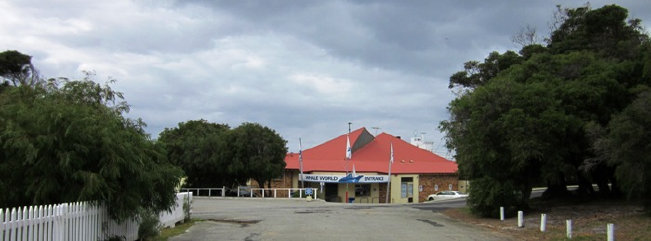
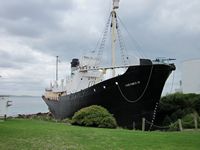
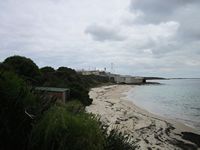
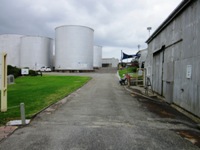
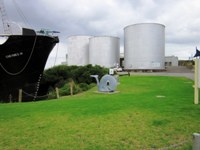
Well before official settlement took place our shores were visited by British, French and American whalers. Major Edmund Lockyer was being sent to establish the first permanent settlement on the Western side of the continent due to fears that the French would colonise the land.
Soon after the official settlement of Albany in 1826, some of the settlers set up whaling stations at a few sheltered beaches, mainly to the east of the town.
Whaling peaked around 1845 when there were approximately 300 whale ships (mostly American) and numerous shore stations operating along the South Coast of Australia. The industry waned following this period due to exploitation of the whales.
It was not until 1912 that the local whaling industry was revived when The Western Australian Government granted a license to a Norwegian company in 1912 to operate whaling stations at Frenchman Bay near Albany and Point Cloates (then known as Norwegian Bay) off North West Cape. New explosive harpoons allowed whalers to kill larger species of whales. A poor whaling season in 1916 amid pressures brought on by World War I forced the company to close down.
Whaling was the main industry of the town for many years, finally ceasing in 1978. A visit to Albany was not complete without taking a drive to the end of Frenchmanís Bay Road on the Torndirrup Peninsula to visit the whaling station, and if the chasers had brought in a catch, you could wade on the messy and wet floor to watch the whale carcases being flensed and the blubber taken to be rendered into oil. Sharks gathered to feed on the offal which flowed out into the bay. When not out at sea, we used to see the chasers Cheynes III and Cheynes IV moored at a jetty in Albany.
Following the 1978 closure of the Cheynes Beach Whaling Company, the buildings fell into disrepair until Whale World created a new whaling history experience, opening in September 2011.
However around 1948 a world shortage of fats caused the price of whale oil to rise to six times the pre war price. The Albany Whaling Company operated at Frenchman's Bay east of Albany from 1947 until 1950. The Cheynes Beach Whaling Company commenced at Frenchman Bay in 1952.
With your guide, walk around the Cheynes Beach whaling station where the whale processing experience is brought to life with sound.
Climb aboard the whale chaser Cheynes IV to encounter a whale chase through an audio re-enactment.
Theatres include 3D animated movies.
Read and see photos of whaling stories and history from the past.
The entry fee of $29 per adult (no concession) includes a guided tour, with tours leaving on the hour every hour from 10 am to 3 pm.
There are over twenty different exhibits, including "Giants of the Sea" skeleton display.
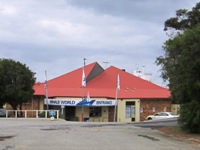
Bibbulmun Track
Once again we walk a short section of this 1,000 kilometre walking trail that terminates near the Tourist Information Centre in Albany. After crossing the Torndirrup Peninsula, the trail skirts Princess Royal Harbour and on into the town.
The Bibbulmun Track is a 1,000 kilometre walk trail from Perth to Albany with spurs to access towns and features along the way.
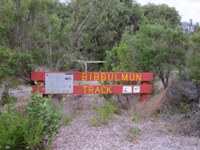
Whale World: The Old Whaling Station